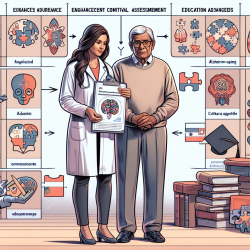Understanding Adolescent Suicide Attempts: A Data-Driven Approach
Adolescent suicide is a pressing public health issue, ranking as one of the leading causes of death among young people. Despite numerous prevention efforts, understanding why adolescents transition from suicidal thoughts to actions remains a critical challenge. A recent systematic review titled Why do adolescents attempt suicide? Insights from leading ideation-to-action suicide theories: a systematic review sheds light on this complex issue by examining the applicability of leading suicide theories to adolescents.
Key Theories Explored
The review focuses on three prominent theories:
- Interpersonal Theory of Suicide (IPTS): This theory posits that feelings of thwarted belongingness and perceived burdensomeness, coupled with a capability for suicide, drive individuals towards suicidal behavior.
- Integrated Motivational-Volitional Model (IMV): This model suggests that suicidal behavior emerges from feelings of defeat and entrapment, influenced by various motivational and volitional factors.
- Three Step Theory (3ST): This theory emphasizes the role of psychological pain and hopelessness, moderated by connectedness, in the progression from suicidal ideation to attempts.
Research Findings and Implications
The review highlights several findings crucial for practitioners:
- Both thwarted belongingness and perceived burdensomeness are linked to suicidal ideation, with perceived burdensomeness showing a stronger association in clinical samples.
- Family connectedness plays a significant protective role against suicide risk, emphasizing the need for family-focused interventions.
- Hopelessness is a critical factor that can exacerbate the effects of interpersonal stressors, leading to more severe suicidal ideation.
- Acquired capability, including exposure to self-harm or violence, is associated with the transition from ideation to attempts.
Encouraging Further Research
The systematic review underscores the necessity for more comprehensive studies that integrate neurodevelopmental and psychosocial frameworks. Practitioners are encouraged to consider real-time monitoring approaches, such as ecological momentary assessment, to better understand the temporal dynamics of suicide risk factors.
Conclusion
Understanding the complex interplay of factors that lead adolescents from suicidal thoughts to actions is vital for effective intervention. By leveraging the insights from these theories and integrating them with real-time data collection methods, practitioners can develop more targeted and effective prevention strategies.
To read the original research paper, please follow this link: Why do adolescents attempt suicide? Insights from leading ideation-to-action suicide theories: a systematic review.










